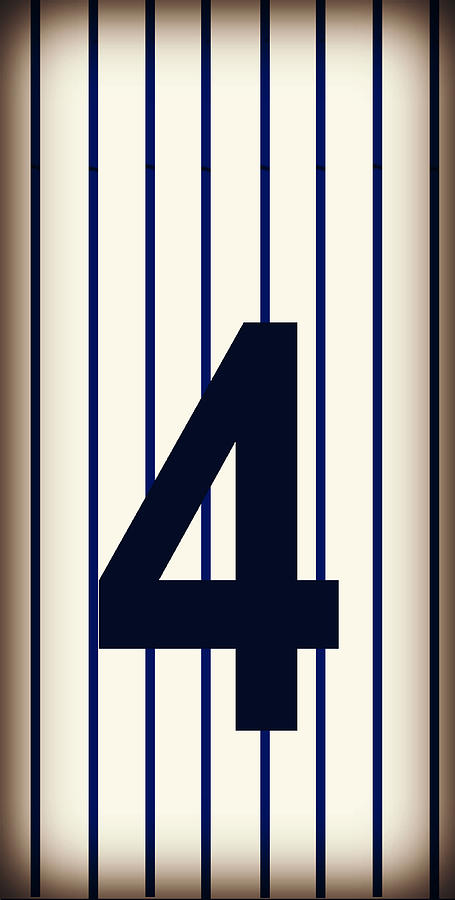Today in baseball: Uniform number debut
Today, 90 years ago, the uniform numbers debuted in baseball. Even though the Cleveland Indians had experimented with numbers on their sleeves in 1916, they came with this novelty on Opening Day 1929.
In fact, the Yankees would have been the first to play with uniform numbers as the club announced in January 1929 that they would wear numbers on the back of their jerseys. Around the same time, the Indians also announced that they would wear uniform
numbers. But since the game on Opening Day vs the Red Sox would rain out the Indians had the scoop.

The Yankees and the Indians numbered their teams according to the batting order, 1-8 and back up catchers wore 9 and 11. With the Indians, pitchers wore 12 and higher while the Yankees gave their pitchers no. 11 and higher. Catcher Bill Dickey received no. 10 but one year later, he would get no. 8, the number he would play with for the remainder of his career.
Players would become attached to higher (double digit) numbers. This phenomenon next to the retiring of their numbers, single digit numbers were hard to get eventually. The final single digit number that was retired was Derek Jeter’s no. 2 in 2017. Since this season there is still one player with a single digit number on the back of his jersey as Adam Ottavino chose no. 0.
On May 13, 1929, the Yankees faced the Indians in what became the first game between teams wearing uniform numbers. In 1937, the Philadelphia Athletics became the last team to adopt uniform numbers. But the number thing developed as the Cincinnati Reds started to give their coaching staff and catchers single digit numbers. Infielders would get 10-19 and outfielders 20-29. The Reds would continue with this for a long time but nowadays catchers do also have double-digit numbers and infielders have single digit numbers and the outfielders’ numbers also exceed 29.
